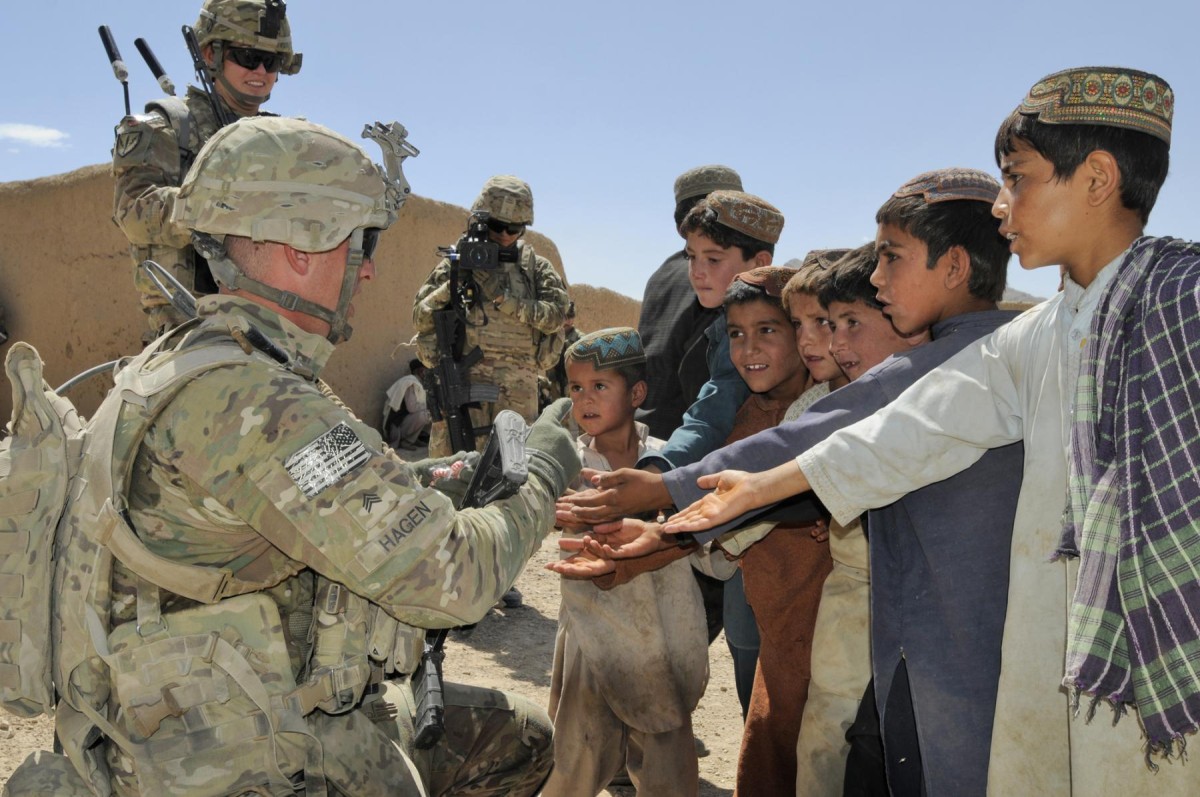

There are some who have been coming back to this site for more than 20 years.

Now they are all used up and visitors have to haul their own rocks to create the graffiti. These messages are precious some of them are over fifty years old.Įarlier there was plenty of lava rock on the east side of the hill to work with. In the 1970s, what was a four-acre area with a few hundred names swelled to thousands of names spread over 1,200 acres of the desert floor.Įvery few years a team of volunteers would go out to clear away debris from the desert winds and replace rocks that might have been washed away in a storm. After the war, the area was rediscovered and by the 1960's the tradition had become a rite of passage for local off-roaders. The earliest messages were probably made by the soldiers and the area took the name of Graffiti Mesa. The camp grounds stretched from the outskirts of Pomona, California to within 50 miles of Phoenix, Arizona, and from the suburbs of Yuma to the southern tip of Nevada. This training camp, known as the Desert Training Center, was the largest military training ground in the history of military maneuvers. Army General George Patton brought his soldiers to this flat rocky area to train. The practice probably began during the Second World War when U.S. Unlike regular graffiti that is hurtful to the environment, at Valley of Names messages are spelled out by carefully arranging rocks and small boulders in the hard-packed white sand. From an online article:įor over seventy years, people have been driving out in their RVs to a remote desert area near the city of Yuma, in the US state of Arizona, to write their names and leave messages on the desert floor. A 100' aerial view overlooking the Valley of the Names north of Winterhaven, California.


 0 kommentar(er)
0 kommentar(er)
